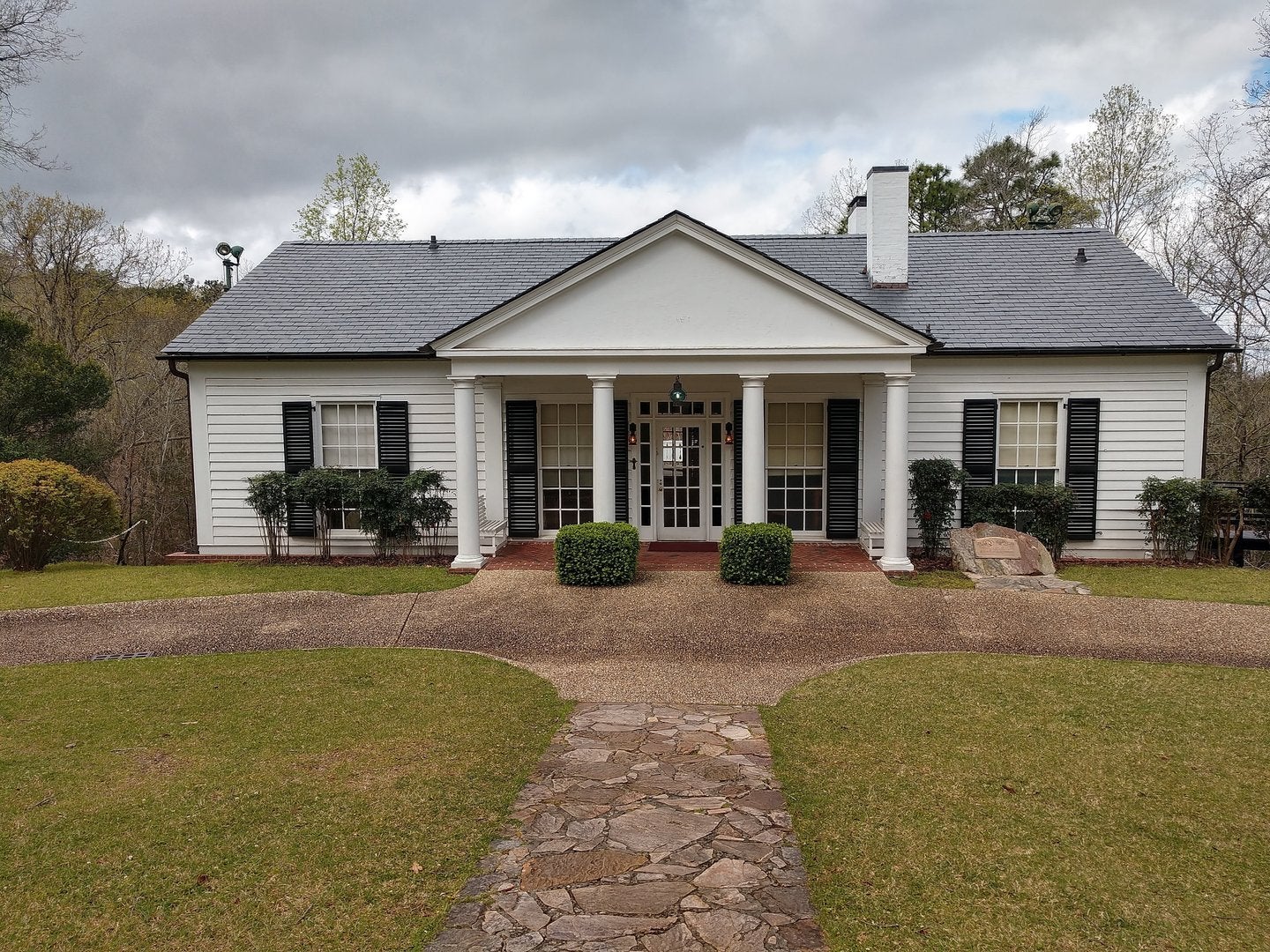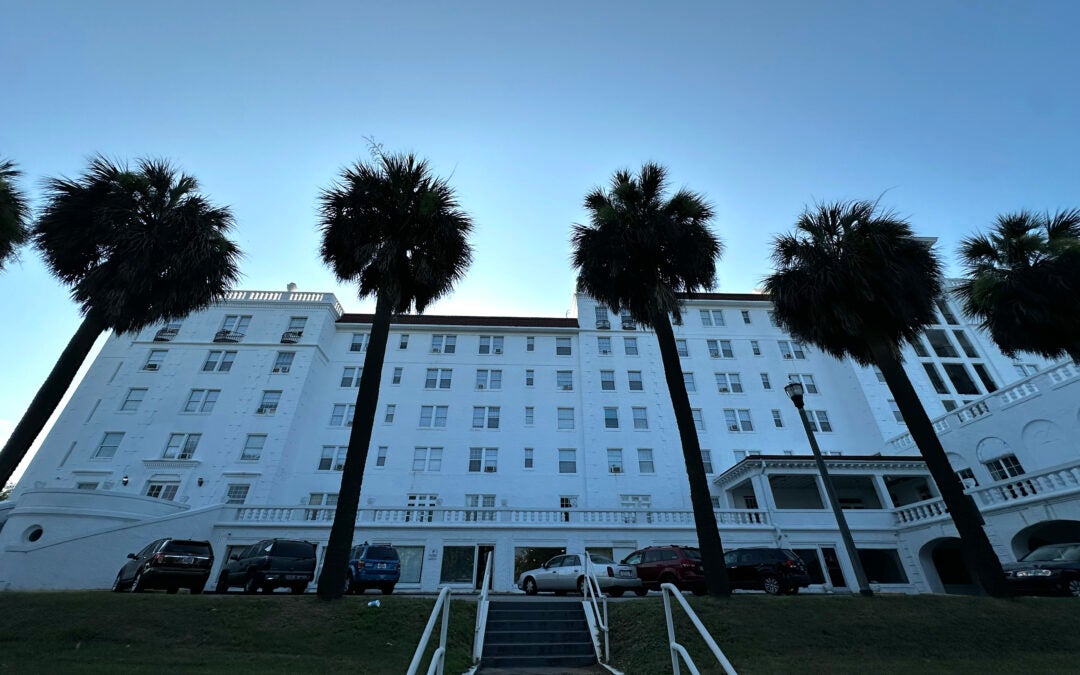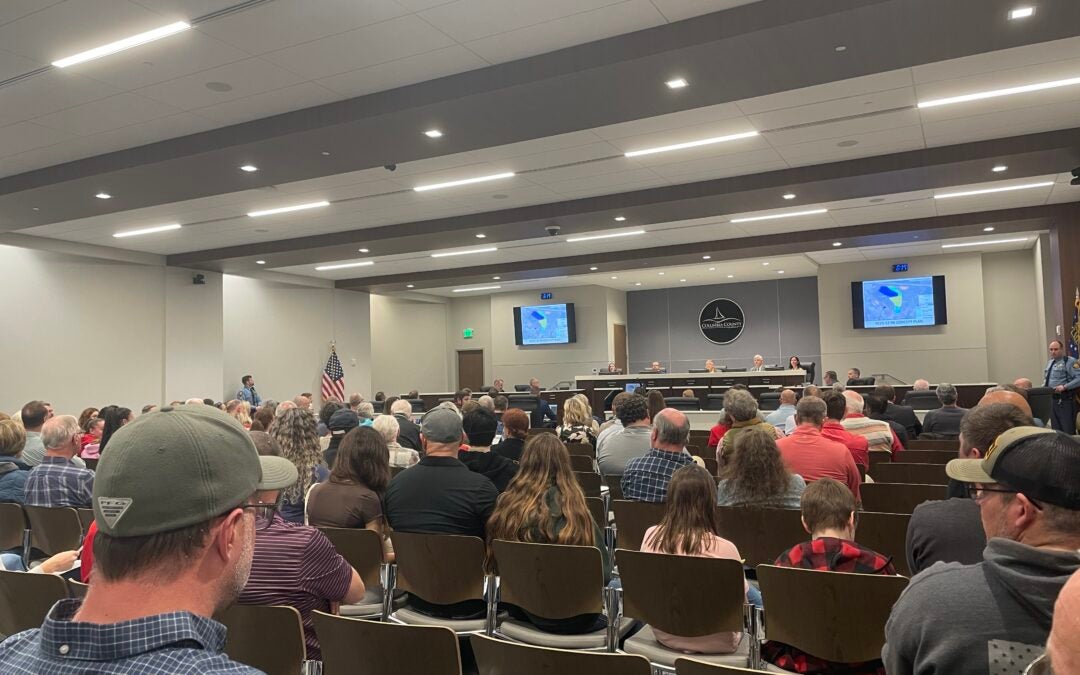Today we hear about the president and his entourage visiting the official presidential retreat at Camp David, but people living in the 1930s knew of another presidential vacation spot: Warm Springs, Ga.
What most of the citizenry-at-large did not know was that Franklin D. Roosevelt’s “Little White House” was every bit a physical therapeutic getaway for the president as it was a vacation spot.
Located in Meriwether County, 70 miles south of Atlanta, the area is now a state park and is great for a weekend getaway for those living in Augusta. The town never grew into a metropolis and still has a population of under 500, according to the 2020 census. It’s Main Street is filled with façades from early 20th Century America that makes one almost catch a visage of FDR waving his straw hat as he rode through the one-stop-light town, driving his “Sunset Special,” a sweet convertible custom Ford that FDR used to get out from time to time and press the flesh.
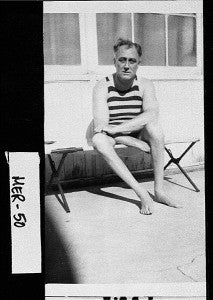
For Franklin Roosevelt, Warm Springs was a life and career savior. In 1924, it appeared that FDR’s political career was largely behind him as he grew used to sitting in a wheelchair.
The distant cousin of Teddy Roosevelt, FDR had served as a senator from New York State from 1911 to 1913 and was then appointed assistant Secretary of the Navy during World War I by President Woodrow Wilson.
Roosevelt, a gregarious type who relished involving himself in politics, was a political star on the horizon. According to the Franklin D. Roosevelt Presidential Library and Museum, FDR ran for vice president on the Democratic ticket with Ohio Governor James M. Cox in 1920, but lost to Warren G. Harding.
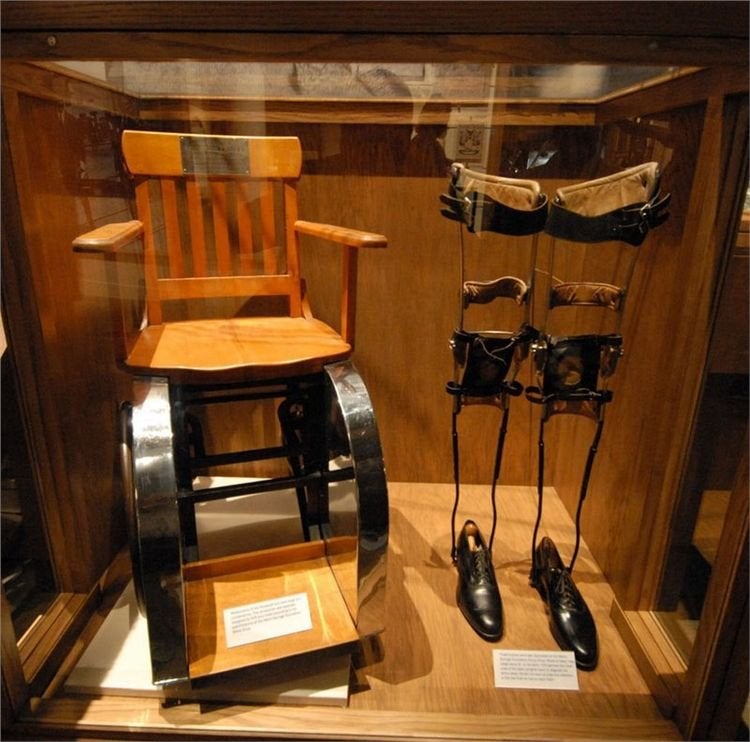
It was not the political loss that threatened FDR’s career, but the onset of polio symptoms when he was 38 years old that left him paralysed from the waist down.
While Roosevelt never regained the ability to walk without assistance, he found that the 88 degree mineral waters in Warm Springs eased the polio, causing some feeling to return to his legs.
In those days, around three decades before Jonas Salk developed the vaccine, Polio was misunderstood and those who suffered were referred to as “lame” or “crippled.” While FDR never disputed that he suffered from the disease, he created the National Foundation for Infantile Paralysis, commonly known as the March of Dimes in 1938, he did use certain “trickery” to limit the seriousness of the disease’s effects when in public.
The media of the time basically agreed not to photograph the politician in his wheelchair and ran newsreels that effectively showed FDR “walking” to the podium of his train car on campaign stops, using his son as a walking aid. When photographed with other world leaders, all would be sitting down to be on the same level as FDR without causing undue attention.
Roosevelt did try to minimize the effects from the disease, but he didn’t attempt to run from it either. While visiting Warm Springs, FDR agreed to an interview that included photographs showing his legs that was published in the October 26, 1924 issue of the nationally syndicated “Sunday Magazine.”
While FDR was the type of character that refused to allow himself to be sidelined by a disease, he would readily give credit to the waters of Warm Springs for giving him a bit of a pep in his step, although the bootleg alcohol that was readily available in rural Georgia likely didn’t hurt either.

Before the presidency, Roosevelt found the baths therapeutic, but he also enjoyed the company he found with his neighbors. Warm Springs was a tiny southern town and the people, down to earth and friendly.
When the Great Depression gripped the nation, the future president spent even more time talking with his southern neighbors. He found that rural people had benefited least from the economy of the “Roaring 20s,” but also suffered worse than average from the Depression, something they did nothing to cause. According to the Georgia Historical Society, several parts of his New Deal program, such as the Rural Electrification Administration were devised at Warm Springs.
In 1932, while Roosevelt was still governor of New York, he completed his “cottage” at Warm Springs. The cottage is indeed a spartan home for a president and a man of Roosevelt’s wealth. It boasts only three bedrooms in its six room layout; however, Roosevelt seemed to prefer it to his more opulent quarters in Hyde Park, and of course, the real White House.
By 1944, World War II had taken a noticeable toll on the president’s health, he appeared gaunt and frail. His visits to Warm Springs had been limited, first by the Depression, and later by the war. However, in April of 1945, the president and his entourage made his annual month-long trip to Georgia to have his portrait painted. Roosevelt likely waited near a telephone for news that Hitler and Germany had given up, but that was not to happen.
It was while sitting for the portrait, FDR complained that he felt a “terrific” headache. Moments later, he slumped over in his chair, dead of a stroke at the age of 63.
The Little White House offers weekly tours where artifacts such as FDR’s wheelchair and the famous unfinished portrait are on display.
…And that is something you may not have known.
.Scott Hudson is the Senior Investigative Reporter, Editorial Page Editor and weekly columnist for The Augusta Press. Reach him at scott@theaugustapress.com

